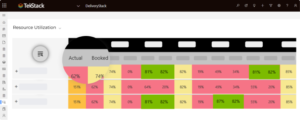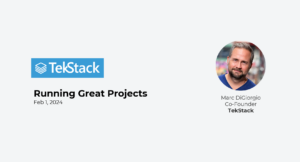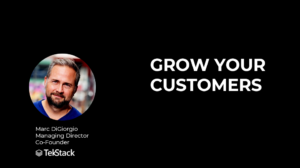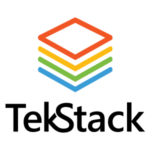
Halloween approacheth, but terrors aren’t just limited to things that go bump in the night. There are horrors that occur when running a B2B SaaS business, and most of them are very easily preventable! Here are some horror stories we’ve heard of from our brethren, and some tips to ensure that you are the protagonist of a story with a happier ending:
Spreadsheet Contagion
Imagine this scenario. Your CFO is managing subscription information in a spreadsheet, tracking subscription revenue, renewal dates, renewal amounts, and invoicing all the critical information manually. It’s a bit tedious, but it works. Until it doesn’t – courtesy an innocent spreadsheet error that goes unnoticed. All of a sudden you are missing key renewal dates have incorrect renewal amounts because of forgotten upsell transactions added by the customer. Now your CEO looks bad in front of the board, and it begins to unravel, leading to a career-ending spiral.
Besides preventing you from getting into this mess; subscription and renewal management tools also give you all you need to manage your most important revenue: ARR. Track subscription revenue, manage renewals and automate your invoicing accurately and without additional manual effort – why manage your most important revenue in a spreadsheet?
Spreadsheet management systems are susceptible to human errors (e.g. forgetting to notify relevant parties that a change has been made), keeping on top of ever-changing subscriptions (e.g. upgrades or cancellations).
If your business is following the “this is the way we’ve always done it” philosophy, don’t be afraid to replace any existing tools or processes that got you this far. Just because they helped get you to this stage, doesn’t necessarily mean that they are the tools or processes to get you further. If migrating data is your concern, fret not, it can be done.
Learn more about fully integrated Subscription and Renewal Management tools
The Others
Okay now put yourself in these shoes: you’re a salesperson going about your daily activity and one of your prospects responds that they aren’t looking for a new solution now, but they may be in the market in six months. So you make a note for follow-up and get on with your day. Fast forward nine months, you missed the reminder, and a desperate call to your contact informs you that their company did indeed need a new vendor…and they went with your competitor instead!
Now really, let’s not have this situation happen again. Using automated sequences help you line up the right communication at the right time, by scheduling when personalized messages are sent, and the wait times between steps. And, to avoid cases like the one above, LinkedIn or phone call tasks can be laced into the sequences to ensure that your company remains top of mind for when they do decide to enter a buying cycle.
And should they not contact you first, you can also see how your sequences are doing, what messages are most interacted with, key statistics like clicks and opens, and which prospects are most heavily engaged.
See these and other tools that come out of the box with our Sales Accelerator app.
Silent Hill
So you close another deal, the contract is signed, and everyone’s happy.
…or are they? You next talk to them when it’s time for their renewal and they say they have decided to go with your competitor as they weren’t happy with your product (and you had no idea!)
Which brings us to the question: how deep is your relationship with each customer? Do you know the executive sponsor? Or the key users? and more importantly, when was the last time you spoke with them? And if that sounds like a lot of work, that’s because it is! You need to learn to pick your battles and segment your customers, with the idea being, 80% of your time is being spent on 20% of your customers. For the remaining 20% of your customers, rely on automated playbooks and nurture campaigns. For E.g. the old strategy of sending a renewal invoice three months early is no strategy at all. Renewal playbooks allow you to get ahead of the conversation.
It is vital to track customer health so you can identify which customers need attention at the earliest possible stage, rather than when it’s too late. Our recommendation is to use a simple temperature read (ex. Red, Yellow, Green) – and a Red should instigate a Customer-at-Risk playbook.
The Customer Success function is incredibly important, and in many cases doesn’t get as much attention as it deserves. Consequently, many companies are underinvested in the tools needed to get there – but remember: your company’s success depends on your customer’s success.
Looking to find out more about the tools available to you to help you understand where your customer is in their software journey? Learn more here.
Live happily ever after
This clearly isn’t an exhaustive list of the things that could go wrong, and you may have heard of or experienced similar horror stories in your SaaS business.
But if this has gotten you wondering about the tools available (and at which stage to implement them), check out our 5 Stage RevOps Maturity Model. At the end of the guide is also a checklist of all the metrics and business processes that a company needs to consider to maximize its ARR growth, ensuring your business encounters fewer tricks and more treats in its journey.








